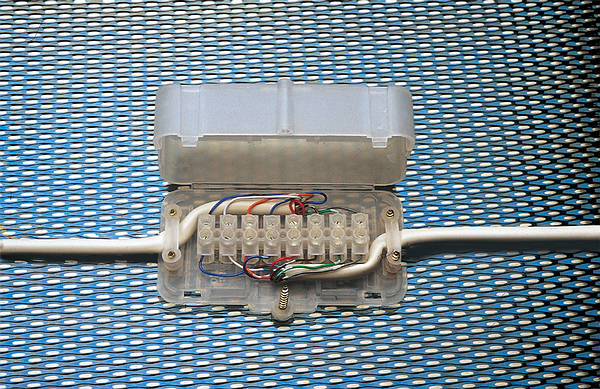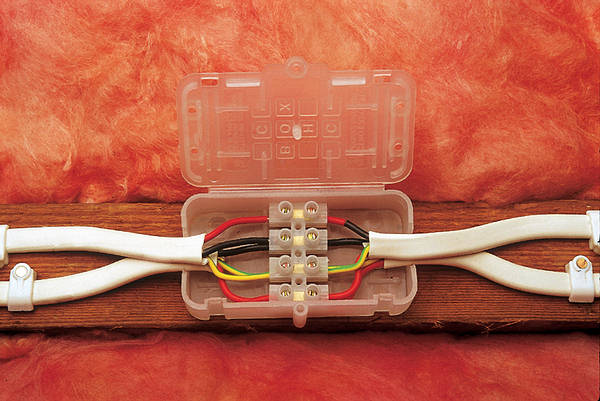Hi All,
Hopefully someone can give me some advice here...
I have recently moved into a fairly old house (60's build), it's been an older couple that's lived there recently. It seems at some point all the electrical outlets have been moved up to about 1.2m from the height of the floor, I guess for accessibility.
I've like to move these back down to about 450mm, however a lot of the cables have been shortened and there's not enough sack to do so.
Some of the cables I'll be able to replace, but if I cannot, what's the best way for me to extend the cable? Terminal block, solder, crimps, etc?
Any input would be appreciated!
Thanks
Hopefully someone can give me some advice here...
I have recently moved into a fairly old house (60's build), it's been an older couple that's lived there recently. It seems at some point all the electrical outlets have been moved up to about 1.2m from the height of the floor, I guess for accessibility.
I've like to move these back down to about 450mm, however a lot of the cables have been shortened and there's not enough sack to do so.
Some of the cables I'll be able to replace, but if I cannot, what's the best way for me to extend the cable? Terminal block, solder, crimps, etc?
Any input would be appreciated!
Thanks





